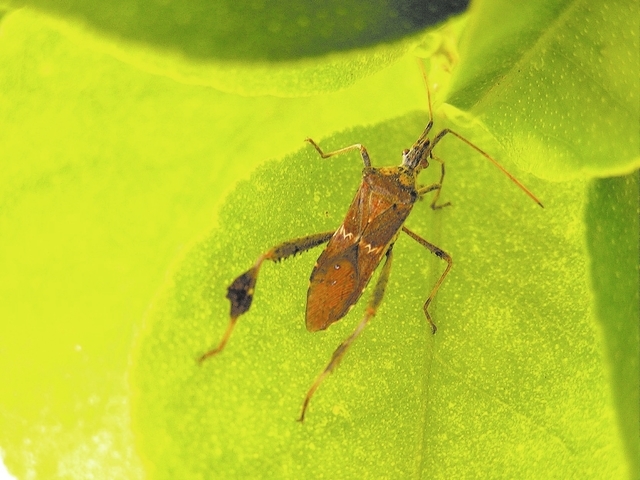Time grows short for planting ornamentals
It is not too late to plant most ornamental trees and shrubs as well as fruit trees this time of year. However, we are getting to the end of an ideal time for planting. Palm trees are exception and you should avoid planting poems any time during the fall.
Try a little experiment at home if you are harvesting pomegranates or buying some fresh locally. Put a couple in the refrigerator for a couple of weeks and compare the taste to a freshly harvested pomegranate. Tell me what you think.
It is not too late to plant lettuce and other leafy greens from seed, radishes, peas and other cool-season vegetables. They will do great near a south or west facing wall and protected from the wind.
Q. We have had two almond trees for over 10 years. One has been extremely fruitful. The other stopped bearing fruit two years ago. I was advised to put bone meal on that tree to make it blossom. It worked. We had more blossoms than we have ever had before but the shells were empty. Our pomegranate has borne heavily since it was planted but the crop was destroyed by an ugly bug about an inch long and with long gangly legs. There were also multitudes of red colored bugs. We have never had them before. What can we do to prevent a recurrence of this problem?
A. These problems are perhaps related. The reason someone suggested putting bone meal around the tree was to give the tree some organic forms of phosphorus. Phosphorus helps to promote flowering and fruiting.
However flowering and fruiting is seldom controlled by an “on or off” switch like the addition or the lack of phosphorus. There might be some decline in flowering but it will not totally disappear. Almonds can have some years when the crop is heavy and others when it is lighter. If water management was a problem in the late summer of the previous year it can also affect nut production.
I would suggest that your lack of flowering was due to some other reason, not the lack of or addition of bone meal. However, your fruit trees should be on an annual fertilizer regime including a small amount of phosphorus annually.
Fertilizers should be added in January or just before new growth begins. One application of fertilizer, particularly nitrogen, will assist the tree during one year of production. You can add the fertilizers to the area where the water is applied and let the water carry the fertilizer to the roots.
Never place fertilizer where it will come in direct contact with the tree trunk.
As far as not having any nuts, this might be due to the insect called the leaffooted plant bug which is the bug with gangly legs you mentioned. The small red ones nearby are the “babies.” You should be looking for this insect on your almonds starting in about May. They can cause immature nuts to fall from the tree or empty shells. You will be forced to spray your trees to control these insects.
The second possibility is ground squirrels. These are what some locals call chipmunks. If there is a small population of them they will go into your tree when the nuts are ripe and the husk is opening and steal the nuts.
They can clean out one entire tree in one day. If you see these chipmunks on your property, and you don’t get your almonds off the tree in time, they will do it for you and hide them for their own use.
They also will steal grapes directly off the vines. You will need to control these animals if they are present on your property and you don’t want to continue to feed them.
Bob Morris is a horticulture expert living in Las Vegas and professor emeritus for the University of Nevada. Visit his blog at xtremehorticulture.blogspot.com.

















